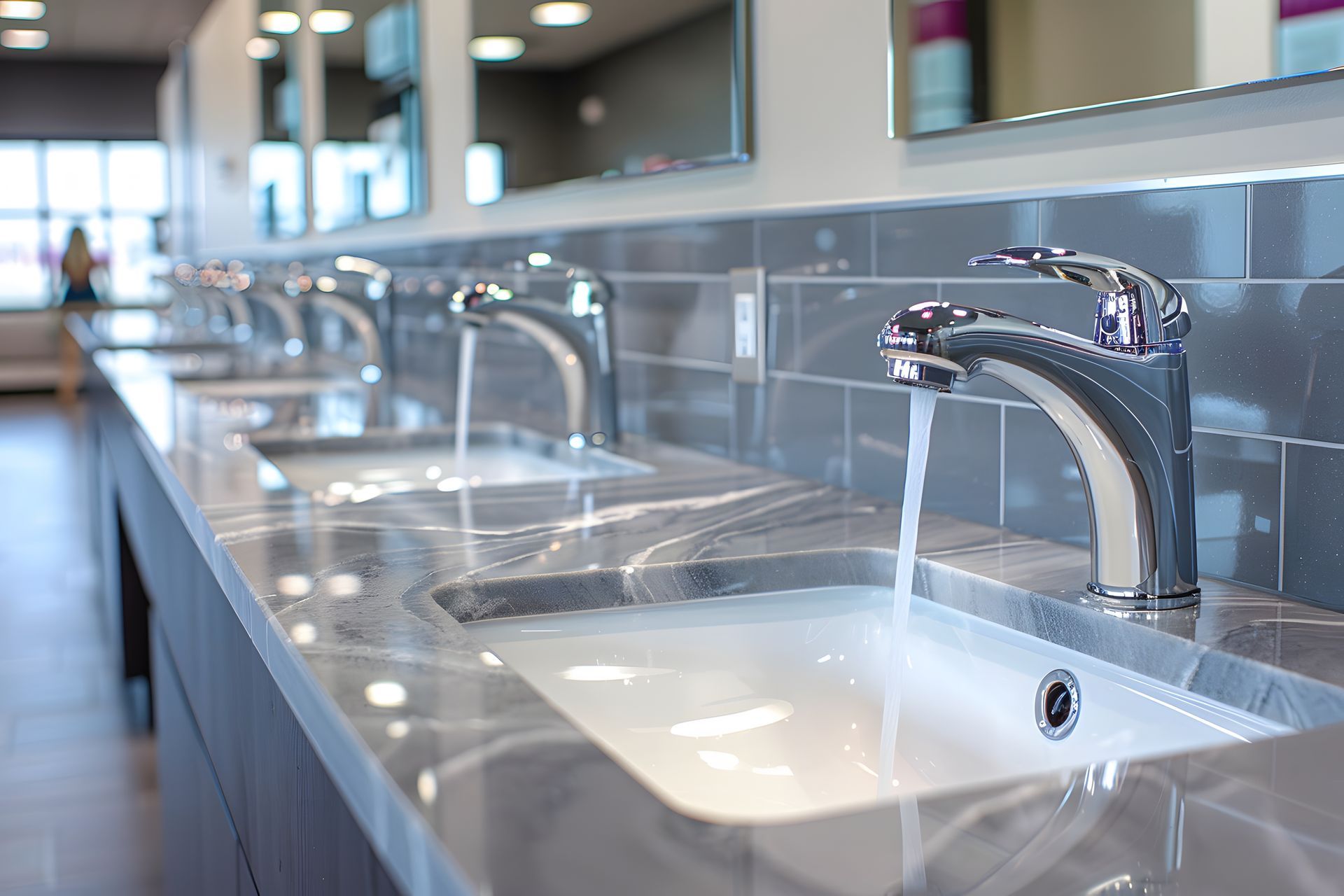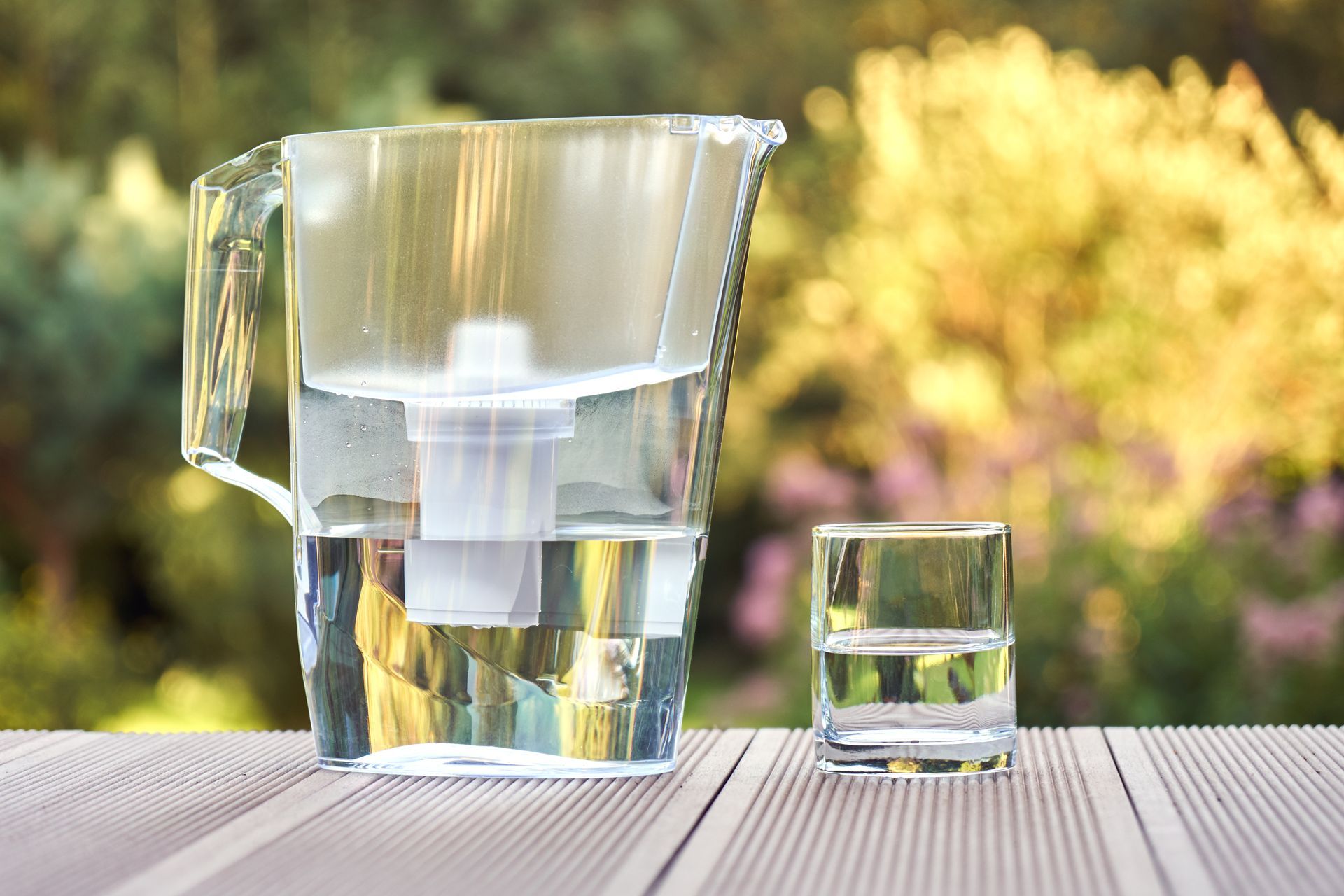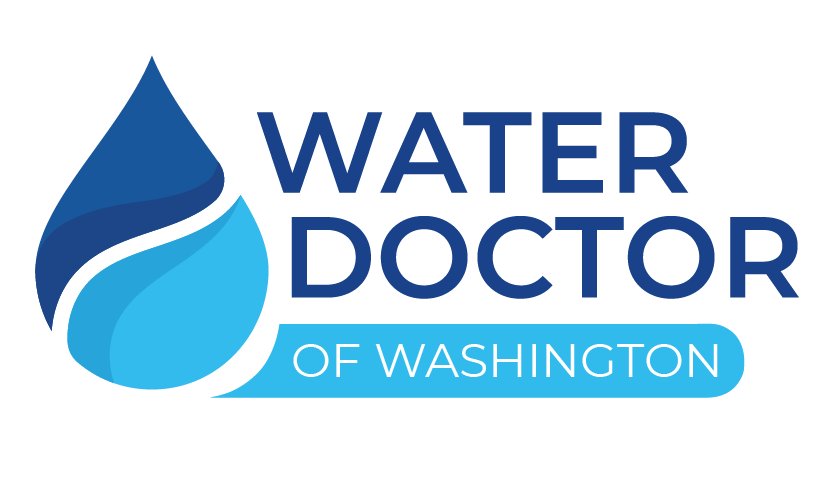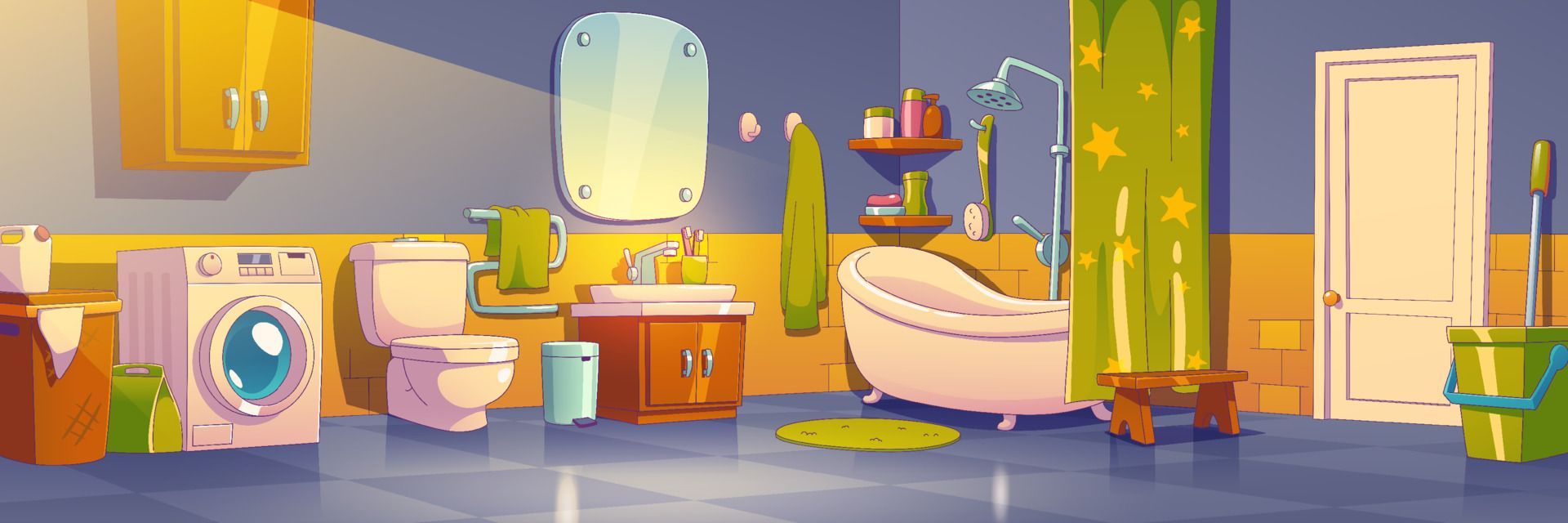Winter Water Bills Got You Down? Here's How to Cut Costs
Winter weather can wreak havoc on your plumbing - here's how to keep your system running smoothly and your water bill under control.
As winter is here in full force, many homeowners are bracing themselves for a higher water bill. Between the increased usage of hot water and the risk of frozen pipes, it's no surprise that water bills tend to spike during this time of year. However, there are several steps you can take to save money on your water bill in winter. In this blog post, we'll explore some tips for reducing your water usage, from fixing leaky faucets to using a low-flow showerhead.
Fix Leaky Faucets
Leaky faucets may seem like a small problem, but they can significantly increase your water bill over time. According to the Environmental Protection Agency (EPA), a leaky faucet that drips at a rate of one drip per second can waste over 3,000 gallons of water per year. That's a lot of water (and money) down the drain!
To fix a leaky faucet, start by turning off the water supply to the faucet. Then, remove the handle and any decorative caps to access the cartridge or stem. Use pliers or a wrench to remove the cartridge or stem, then inspect it for damage. If it's worn or damaged, replace it with a new one. Finally, reassemble the faucet and turn on the water supply to test for leaks. If you need some help with replacing or fixing your leaky faucet let us know.
Use a Low-Flow Showerhead
Taking shorter showers is an obvious way to save water, but you can also reduce your water usage by installing a low-flow showerhead. These showerheads use less water without sacrificing water pressure, so you can still enjoy a refreshing shower while saving money on your water bill.
According to the EPA, a standard showerhead uses 2.5 gallons of water per minute, while a low-flow showerhead uses 2 gallons of water per minute or less. That may not seem like a big difference, but over the course of a year, a family of four can save over 10,000 gallons of water by switching to a low-flow showerhead.
Turn Down the Temperature on Your Water Heater
Your water heater is another major contributor to your water bill, especially during the winter months when you're using more hot water. However, you can reduce your energy usage (and save money on your water bill) by turning down the temperature on your water heater.
The ideal temperature for your water heater is 120 degrees Fahrenheit. This is hot enough to kill bacteria, but not so hot that you risk scalding yourself in the shower. By turning down the temperature on your water heater, you can save up to 5% on your water heating costs.
Insulate Your Pipes
One of the biggest risks of winter weather is frozen pipes, which can burst and cause significant damage to your home. However, you can prevent frozen pipes (and save money on your water bill) by insulating your pipes.
Insulating your pipes involves wrapping them in foam insulation, which helps to keep them warm and prevent them from freezing. This is especially important for pipes in unheated areas, such as your basement or attic. By insulating your pipes, you can reduce your risk of frozen pipes and avoid costly repairs.
Other Tips for Saving Money on Your Water Bill
In addition to the tips above, there are several other steps you can take to save money on your water bill in winter:
- Only run full loads in your washing machine and dishwasher. Running these appliances with partial loads wastes water and energy.
- Fix running toilets. A running toilet can waste up to 200 gallons of water per day!
- Use a rain barrel to collect water for your plants. This can reduce your water usage and lower your water bill.
Water Doctor of Washington: Your Plumbing Experts
At Water Doctor of Washington, we understand the importance of saving money on your water bill. That's why we offer a variety of plumbing services to help you reduce your water usage and keep your plumbing system running smoothly. Our team of experts can help you identify leaks, install low-flow fixtures, and provide regular maintenance to prevent costly plumbing issues.
In addition to our plumbing services, we also offer a range of resources to help you save money on your water bill. Our website includes tips for reducing your water usage, as well as information on rebates and incentives for upgrading to more efficient fixtures.
Other Resources for Saving Money on Your Water Bill
There are many other resources available to homeowners who want to save money on their water bills. Here are a few that we recommend:
- The EPA's WaterSense program offers a variety of resources for reducing water usage, including a directory of WaterSense-certified products and tips for conserving water.
- Your local utility company may offer rebates or incentives for upgrading to more efficient fixtures. Check their website or give them a call to see what programs are available in your area.
- The Alliance for Water Efficiency is a nonprofit organization that provides resources and information on water conservation. Their website includes a database of water-efficient products, as well as tips and best practices for saving water.
By taking these steps to reduce your water usage, you can save money on your water bill and do your part to conserve this precious resource. Whether you're fixing leaky faucets or installing low-flow fixtures, every little bit helps. And if you need help with your plumbing needs, don't hesitate to reach out to the experts at Water Doctor of Washington.

